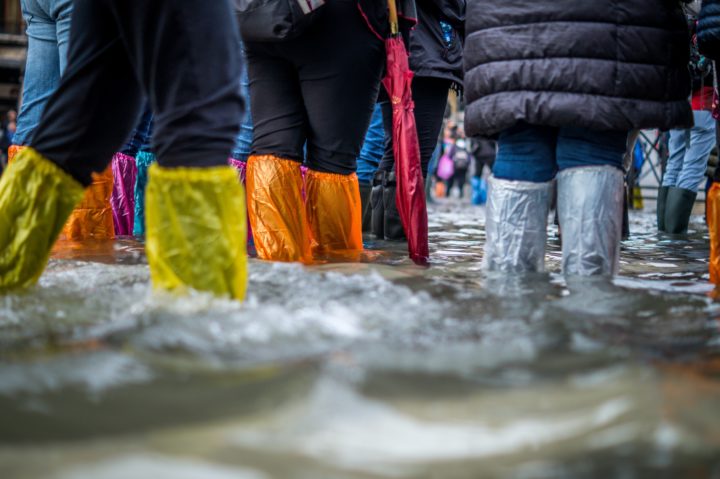Natural disasters are something that nobody is immune to, which is a potential threat to every home in the world. Different disasters can cause various consequences you need to recover from, and before you go back into your home, your priority is that everyone is safe and that the environment you’re going into is safe. Today, let’s cover what it takes to bring you back home and clean it up after a major flood. Remember to always take precautions and consult specialists like Wright Restorations to make sure your home is safe to start doing the repairs.
Stay safe
The first step is always to get to safety and wait out the water. Once the situation calms down, you need to check the structural integrity of the building to make sure it won’t collapse while you’re in there.
Wear protective gear
When a flood occurs, it’s not clean water that is filling up your house. It’s usually sewage, the bottom of canals, and all-around dirty water. When it recedes, it leaves behind a sludge that is toxic and potentially deadly if not properly taken care of. Firstly, you want to cover your body as much as possible to make sure your skin doesn’t come into contact with the residue. Long sleeves, pants, rubber boots, and gloves that come high up are a must-have. Next, you want to make sure you won’t inhale any fumes coming off the residue, so wear a mask that will filter out the air you breathe. You also want to protect your eyes by wearing goggles that will prevent particles and fumes from going into your eyes. Of course, make sure you take everything off when you leave before going into a new space so you don’t cross-contaminate it and take a thorough shower.
Dry it out
The obvious first step is to completely dry out space before you start any kind of restoration. The folks at CottonGDS.com confirm this is a high-priority task, both in commercial and in private spaces. Mold can start to form and grow in a single day, so you want to drop the humidity under 50% to prevent this. If you have power that you can safely turn on, you want to power up your air conditioner and dehumidifier and close all the windows so the air would circulate through the air conditioner that is wicking out the moisture. If you just have fans, turn all of them on, open the windows and turn the fans’ exhaust towards the open windows. Lastly, if you have no power, open up all the doors and windows to create a drought, increase air circulation and make sure you block all the windows so they don’t slam shut and break.
Get rid of moisture
Besides the humidity in the air, you also want to get rid of moisture from the furniture and structure of the building. You can get pretty cheap humidity and moisture meters, and you should get both, especially if you have a lot of heavy furniture. Remember that even though it is dry to the touch, doesn’t mean it’s dry throughout.
Clean it out
Now that you have the space drying, it’s time to get to the debris. Get some shovels and start taking out everything that needs to go. In most cases, all of your carpet floorings will need to come out, and if there’s something that can be saved, it will dry out quicker outside anyways. Be careful with removing debris to make sure you don’t get hurt, and shovel out as much gunk and sludge as you can. There’s no magic way to make this easier or quicker, you just have to go room by room and clear it out.
Assess the damage
You’ll want to bring in an expert for this. Depending on the amount of water and how long it was there for, your damages might be a lot more severe than they look. You might have to take out all of your drywall and replace it, and even further – take out all flooring. Moisture can get stuck underneath your wood, ceramic, and other kinds of flooring and grow mold that will contaminate your home. This is why it’s safer to take it all out and replace it. Once again, an expert’s advice is crucial for this.
Document everything
While you’re checking out the damage and once you start doing repairs, make sure you document absolutely everything for your insurance. They will fight you on a lot of things, so you want to make sure you have proof that you’re not just scamming for money – there’s real damage that needs to be repaired. If they offer to send their inspector to check out the damages, make sure you hire an independent one as well.
While a situation like this is tragic, do your best to remain optimistic and think of it as a new start for you and your family. Throughout all the work that needs to be done, you can always see families and communities coming together to help each other.
















